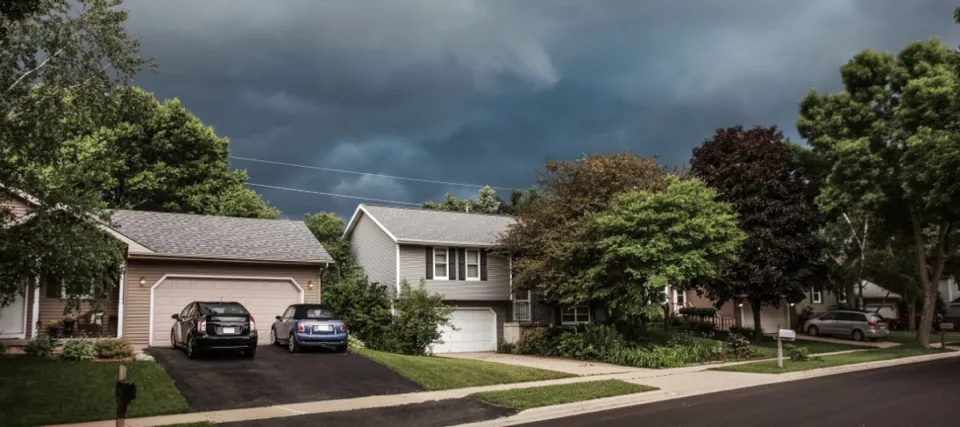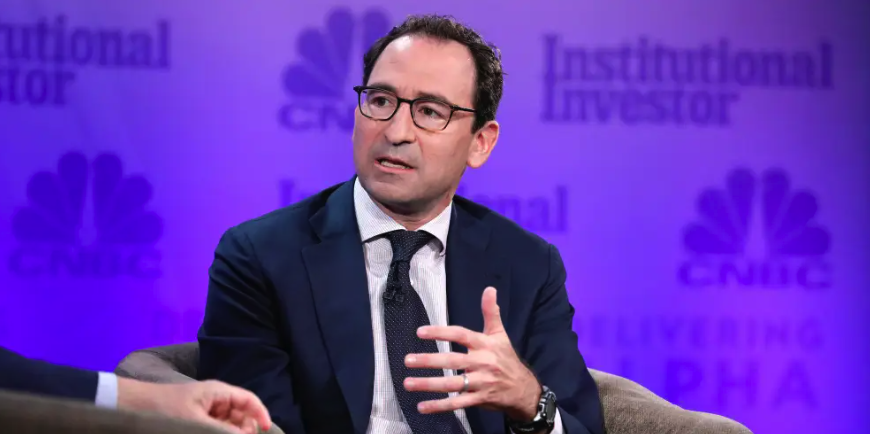With new mortgages down 47%, US lenders are starting to go bankrupt — could this one factor trigger the worst surge of failures since 2008?

The real estate market just can’t catch a break, with inventory of resale homes remaining low and rising interest rates making it harder for buyers to justify making the leap.
And now we can add mortgage lender financial troubles — and the rise (and fall) of “non-qualified mortgages” — to the factors aggravating an already uncertain market.
A report from ATTOM reveals that new mortgage originations were down 47% in the third quarter of 2022 compared to the year before. That's a 19% decrease from the previous quarter and represents the biggest annual drop in 21 years. And while the chill in the market affects all lenders, non-bank lenders — especially those who deal in NQM — are bearing the brunt of it.
But what does the trouble around these NQM mortgages really mean? And what does it mean for non-traditional buyers trying to get a foothold in the market?
A “non-qualified” mess?
NQMs use non-traditional methods of income verification and are frequently used by those with unusual income scenarios, are self-employed or have credit issues that make it difficult to get a qualified mortgage loan.
They’ve previously been touted as an option for creditworthy borrowers who can’t otherwise qualify for traditional mortgage loan programs.
But with First Guaranty Mortgage Corp. and Sprout Mortgage — a pair of firms that specialized in non-traditional loans not eligible for government backing — running aground this year, real estate experts are beginning to question their value.
First Guaranty filed for bankruptcy protection in the spring while Sprout Mortgage simply shut down early this summer.
In documents tied to its bankruptcy filing, First Guaranty leaders said once interest rates started to climb, lending volume dropped and left the company with more than $473 million owed to creditors.
Meanwhile, Sprout Mortgage, which leaned heavily on NQMs, abruptly shut down in July. And real-estate tech startup Reali has shuttered as well.
Other non-bank lenders are being forced to streamline to stay afloat. A report from HousingWire says retail lenders Angel Oak, Lower.com and Keller Mortgage have all had to introduce layoffs given the tough market conditions.
Do NQM’s signal another housing meltdown? Probably not
Most housing market watchers believe today’s conditions — led by stricter lending rules — mean the U.S. is likely to avoid a 2008-style housing market meltdown.
But failures among non-bank lenders could still have a significant impact. The NQM share of the total first mortgage market has begun to rise again: NQMs made up about 4% of the market during the first quarter of 2022, doubling from its 2% low in 2020, according to CoreLogic, a data analysis firm specializing in the housing market.
Part of what has contributed to the recent popularity of NQMs is the government’s tighter lending rules.
Today’s NQMs are largely considered safer bets than the ultra-risky loans that helped fuel the 2008 meltdown.
Still, many NQM lenders will be challenged when loan values start falling, as many are now with the Federal Reserve’s moves to raise interest rates. When values drop, non-bank lenders don’t always have access to emergency financing or diversified assets they can tap like larger banking lenders.
Banks can also lean on safer qualified loans because they factor in traditional income verification, more stringent debt ratios and don’t carry features like interest-only payments.
However, major U.S. banks are beginning to see business cool thanks to slowing mortgage originations. The Fitch report points out that Citi, JPMorgan and Wells Fargo each had to reduce their staff and operations, while Satander exited the U.S. mortgage market early this year, partnering with another company to issue mortgages to customers.
It’s important to note that if you have a mortgage through a lender that’s now bankrupt or defunct, that doesn’t mean your mortgage goes away.
Typically, the Federal Deposit Insurance Corporation (FDIC) works with other lenders to pick up orphaned mortgages, and the process happens quickly enough to avoid interruptions in paying down the loan.
One number rules them all
While many factors drag on the real estate market, one data point carries the most significance: interest rates.
With the Fed’s laser focus on raising rates to cool inflation, there’s little reason to think the effect on lending and the broader housing market will ease anytime soon.
Higher mortgage rates will dictate how much home they can afford. As of mid-December, the average 30-year fixed rate has dipped slightly from its peak of 7% at the end of October to 6.31%.
(This also affects sellers, many of whom will eventually become buyers and likely depend on loans.)
Between a potential shakeout among non-bank lenders, more stringent lending rules forced on banks and the Fed’s higher rates, there are many reasons for caution on all sides.
Buyers — especially those carrying traditional loans to the offer table — will need to be buttoned up. In addition to making sure their credit is in order to meet tightening bank lending standards, they may need to consider other tactics, like offers that are higher than the seller’s asking price and other concessions, such as waiving repair costs for problems uncovered during inspection.
On the flip side, sellers may be more motivated by all-cash offers, which typically speed the closing process by removing traditional mortgages — and rising interest rates — from the picture.
As for would-be sellers, they may want to consider waiting to list their homes until the next upswing. Despite geographic pockets of rising values and high demand, a broader nationwide cooling trend may make staying put a prudent choice.



